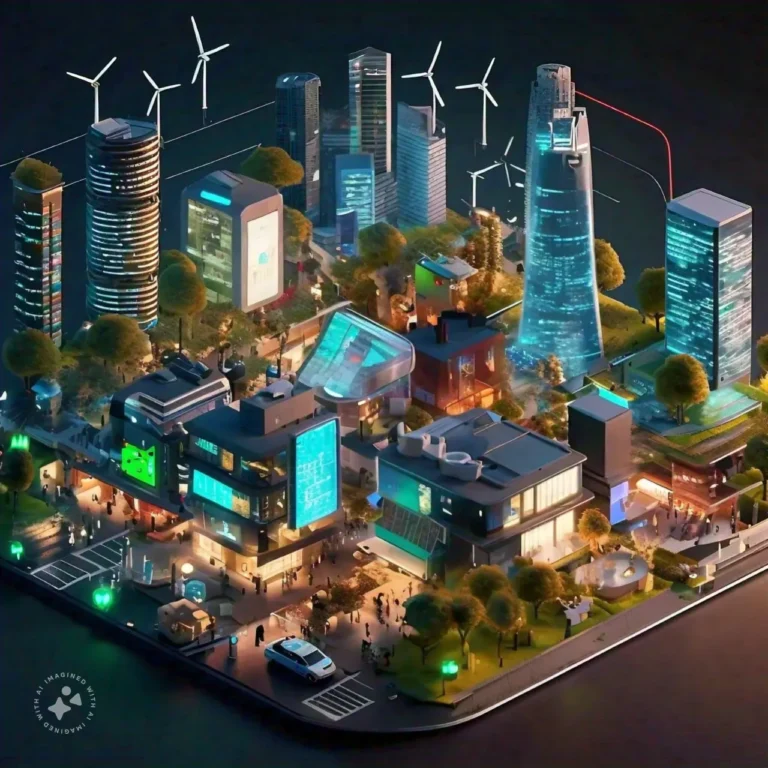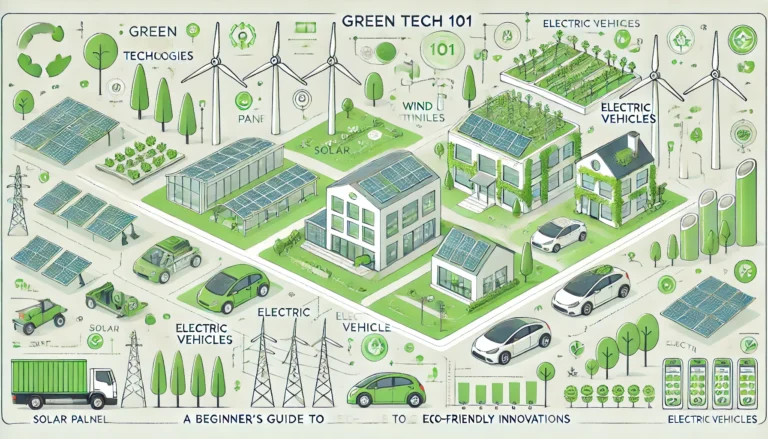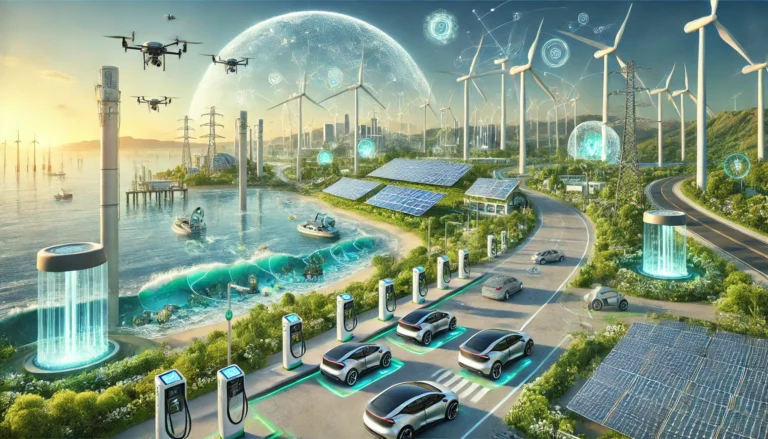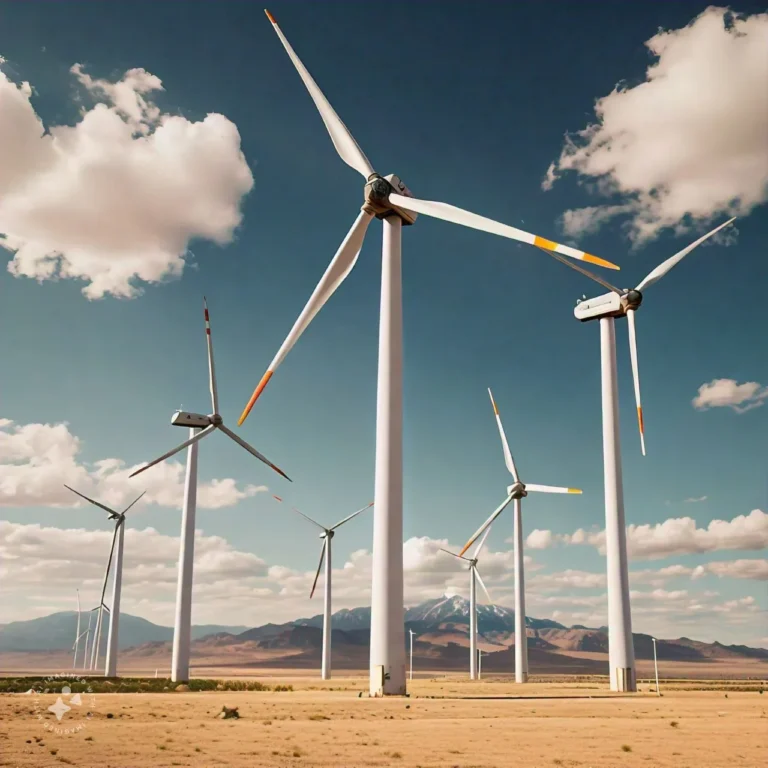Top 10 Green Tech Innovations Transforming Our Future
The world is shifting toward a more sustainable future, and green technology is playing a pivotal role in this transformation. These innovations not only help combat climate change but also promote cleaner, more efficient ways of living. In this article, we’ll dive into the Top 10 Green Tech Innovations that are revolutionizing our world and paving the way for a brighter, greener future.
1. Solar Power Advancements
Solar energy has been around for a while, but recent advancements have made it more affordable and efficient. From solar panels to solar roofs, new technology is harnessing the sun’s power like never before. Solar panels are now thinner, more flexible, and capable of generating electricity even on cloudy days. The future of energy might just be shining down on us!
2. Wind Energy Breakthroughs
Harnessing the wind is another powerful way to generate clean energy. But now, we’re seeing wind turbines evolve. Offshore wind farms are popping up across the globe, generating massive amounts of electricity. Plus, companies are designing floating wind turbines that can be deployed in deeper waters, making this technology even more widespread.
3. Electric Vehicles (EVs)
Electric cars have exploded in popularity, with companies like Tesla leading the charge. What makes EVs so transformative is their ability to drastically reduce carbon emissions. With better battery life, faster charging, and more affordable options, EVs are becoming accessible to the masses. Plus, let’s not forget electric trucks and buses, which are revolutionizing public transportation.

4. Energy Storage Systems
Renewable energy is great, but what happens when the sun isn’t shining or the wind isn’t blowing? This is where energy storage systems come in. These innovations allow us to store energy for use when renewable sources aren’t available. Lithium-ion batteries are leading the way, but new technology like solid-state batteries and flow batteries is set to make energy storage even more efficient.
5. Green Hydrogen
Hydrogen is the most abundant element in the universe, and when produced in an eco-friendly way, it becomes a game changer for clean energy. Green hydrogen is produced using renewable electricity, offering a carbon-free fuel option. It’s versatile and can be used in industries like transportation, manufacturing, and even heating. In short, it’s the fuel of the future.
6. Carbon Capture Technology
What if we could capture the carbon dioxide that’s already in the atmosphere and store it away or use it for something else? Carbon capture and storage (CCS) is a tech innovation that does just that. By removing CO2 from the air and either storing it underground or repurposing it, CCS can help reduce overall emissions and slow down climate change.
7. Smart Grids
Our energy infrastructure is evolving, too. Traditional grids are being replaced by smart grids, which are more efficient and adaptable. These grids can balance supply and demand in real time, integrating renewable energy sources seamlessly. They also help reduce energy waste by optimizing power delivery. In essence, smart grids are making our energy systems smarter and more resilient.
8. Sustainable Agriculture Technologies
Agriculture is responsible for a significant chunk of global emissions, but green tech is helping make farming more sustainable. From vertical farming to precision agriculture, these innovations reduce water usage, cut down on chemical fertilizers, and optimize crop yields. The use of drones and AI-powered sensors is also helping farmers monitor their fields in real-time, making agriculture more efficient than ever.
9. Circular Economy Solutions
One of the biggest challenges in sustainability is waste, and this is where the concept of a circular economy comes into play. Instead of a linear “take, make, waste” approach, the circular economy focuses on reusing and recycling materials. Innovations in recycling technologies, like turning plastic waste into building materials or clothes, are helping reduce the amount of waste that ends up in landfills.
10. Sustainable Building Materials
The construction industry is a major contributor to global emissions, but new sustainable building materials are changing the game. From carbon-neutral concrete to hempcrete (yes, it’s made from hemp!), these materials are designed to have a minimal environmental impact. Some companies are even creating 3D-printed buildings using eco-friendly materials, cutting down on both time and emissions.
Conclusion
The world is changing, and green technology is leading the charge. These innovations aren’t just about reducing our carbon footprint—they’re about reimagining the way we live, work, and interact with our environment. From solar panels to sustainable farming, the future looks greener than ever. By adopting these technologies, we can build a more sustainable, resilient world for future generations.
FAQs
1. What is green technology?
Green technology refers to innovations designed to reduce environmental impacts, such as pollution, and promote sustainability. These technologies often use renewable energy sources and focus on reducing waste and carbon emissions.
2. How does solar energy work?
Solar energy works by capturing sunlight using solar panels, which convert it into electricity. This clean, renewable energy source can power homes, businesses, and even entire cities.
3. What are the benefits of electric vehicles?
Electric vehicles (EVs) reduce greenhouse gas emissions, lower running costs, and promote energy independence by using electricity instead of fossil fuels. They’re also quieter and have fewer moving parts than traditional cars.
4. What is a circular economy?
A circular economy is an economic system aimed at minimizing waste and making the most of resources. It focuses on reusing, recycling, and repurposing materials to keep products and materials in use for as long as possible.
5. How does carbon capture technology work?
Carbon capture technology captures CO2 emissions from industrial processes or directly from the air. The captured CO2 is then stored underground or used in products like concrete, helping reduce the amount of carbon in the atmosphere.







